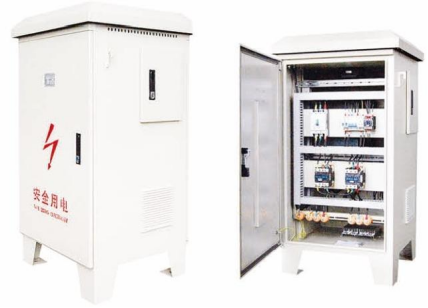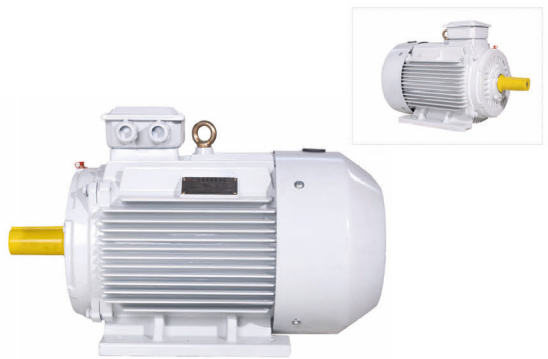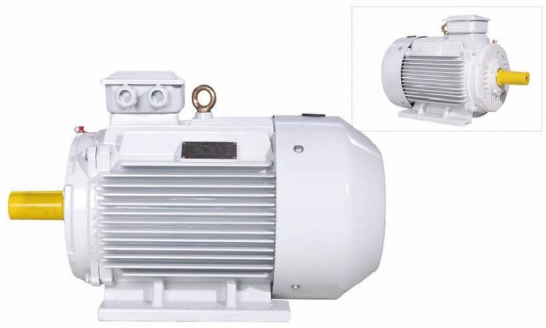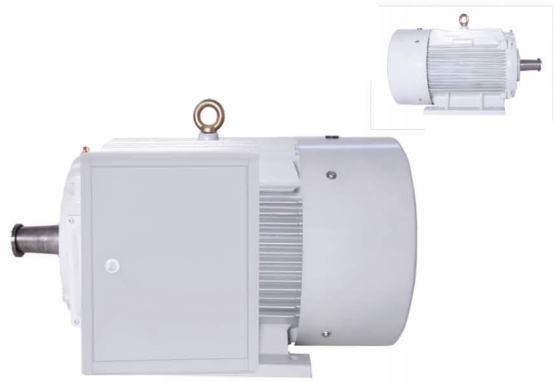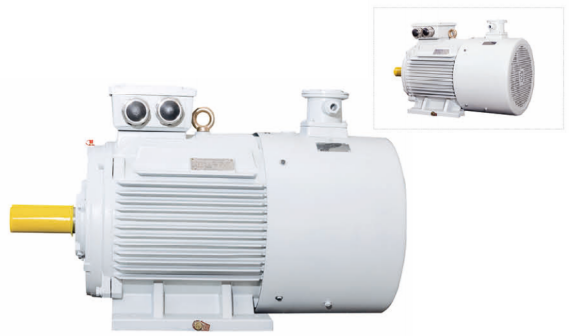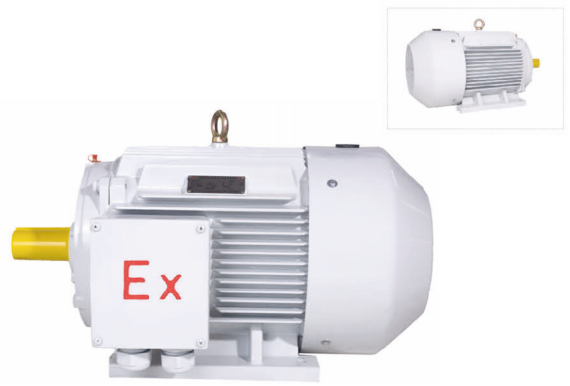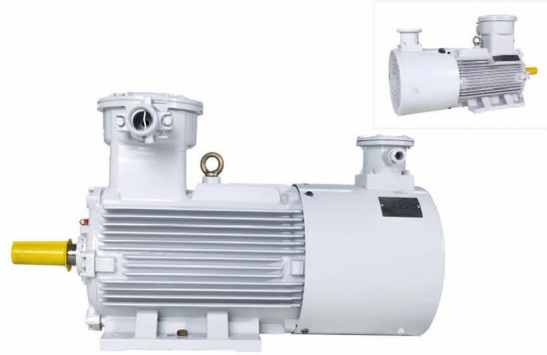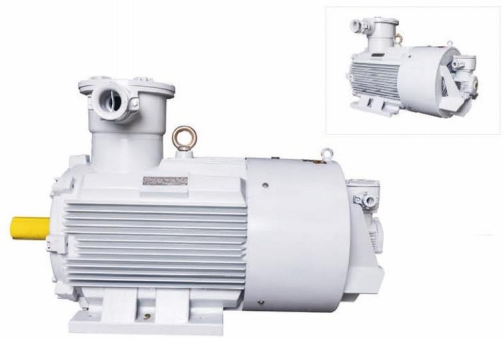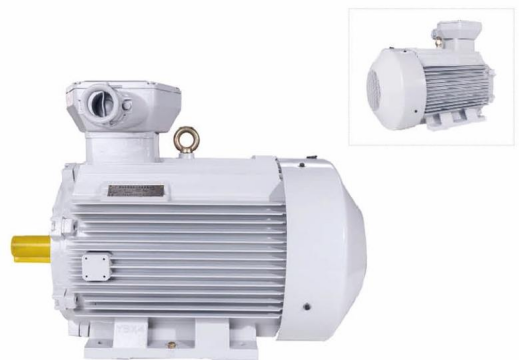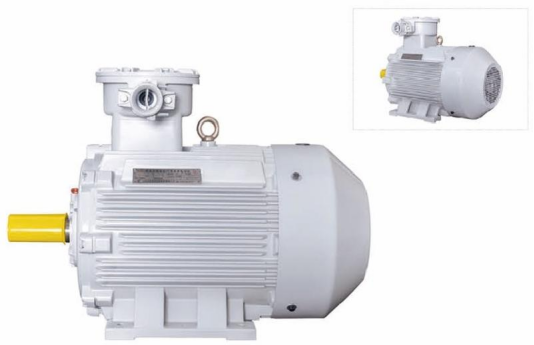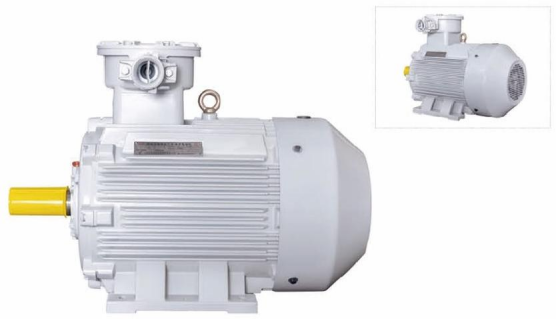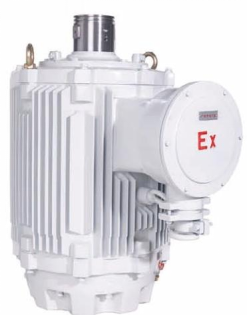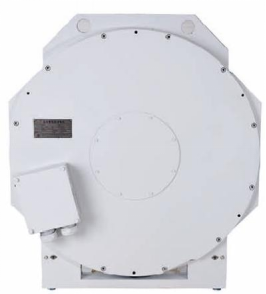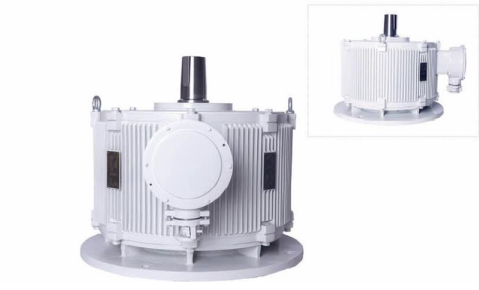Wedoany.com Report-Apr. 7, In 2024, Hungary added 1.41 gigawatts (GW) of solar power capacity, as reported by the Hungarian Photovoltaic Industry Association (MANAP). This figure marks a slight decrease from the record-breaking 1.6 GW installed in 2023. With this latest addition, the country’s total solar capacity now exceeds 7 GW.
Ádám Szolnoki, president of MANAP, provided a breakdown of last year’s installations: “362 MW came from systems under 50 kW, 322 MW from commercial and industrial (C&I) projects, and 729 MW from utility-scale plants.” He noted a significant decline in residential installations, attributing it to the termination of net metering at the end of 2023. However, Szolnoki highlighted growth in behind-the-meter C&I systems, stating, “Licensing was a little easier, and energy prices remained relatively high.” Utility-scale projects continued to dominate in 2023, driven by the completion of existing developments. Looking ahead, Szolnoki cautioned that this segment may weaken, as no new connection permits have been issued in the past two years. He forecasts solar additions of 1.2 GW to 1.3 GW in 2025, followed by 900 MW to 1 GW in 2026.
Addressing potential improvements, Szolnoki commented on residential pricing: “The price cap for households should be adjusted, as it does not reflect market circumstances at all.” Regulatory efforts have also been made to support solar growth. In July 2024, the Hungarian government restructured its rebate program for residential solar systems, which is expected to facilitate over 300,000 installations. Additionally, earlier this year, new measures were introduced to simplify solar panel installations on apartment buildings.
The data reflects Hungary’s ongoing commitment to expanding its renewable energy capacity, despite challenges in certain market segments. While utility-scale projects have been a key driver, shifts in policy and market conditions are shaping the future of solar deployment across the country.
